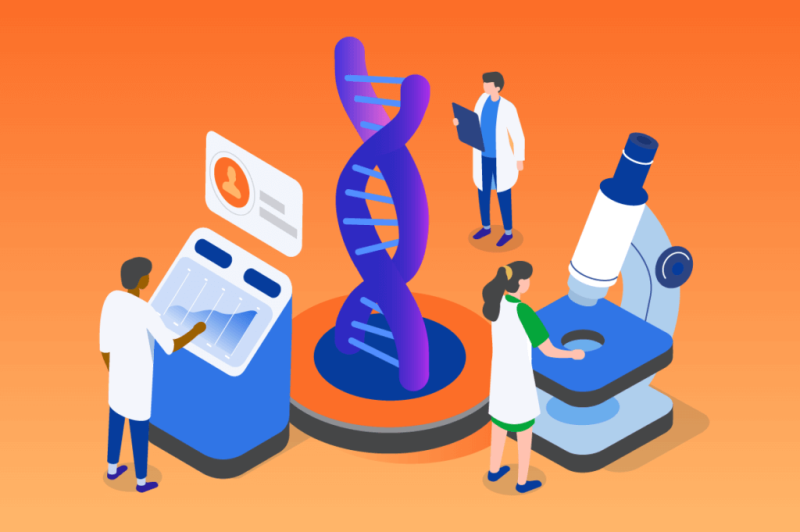An emergency room physician, initially unable to diagnose a disoriented patient, finds on the patient a wallet-sized card providing access to his genome, or all his DNA. The physician quickly searches the genome, diagnoses the problem and sends the patient off for a gene-therapy cure. That’s what a Pulitzer prize-winning journalist imagined 2020 would look like when she reported on the Human Genome Project back in 1996.
…
It is now 2020 and no one carries a genome card. Physicians typically do not examine your DNA to diagnose or treat you. Why not? As I explain in a recent article in the Journal of Neurogenetics, the causes of common debilitating diseases are complex, so they typically are not amenable to simple genetic treatments, despite the hope and hype to the contrary.
…
The Human Genome Project has had an enormous impact on almost every field of biological research, by spurring technical advances that facilitate fast, precise and relatively inexpensive sequencing and manipulation of DNA. But these advances in research methods have not led to dramatic improvements in treatment of common debilitating diseases.































